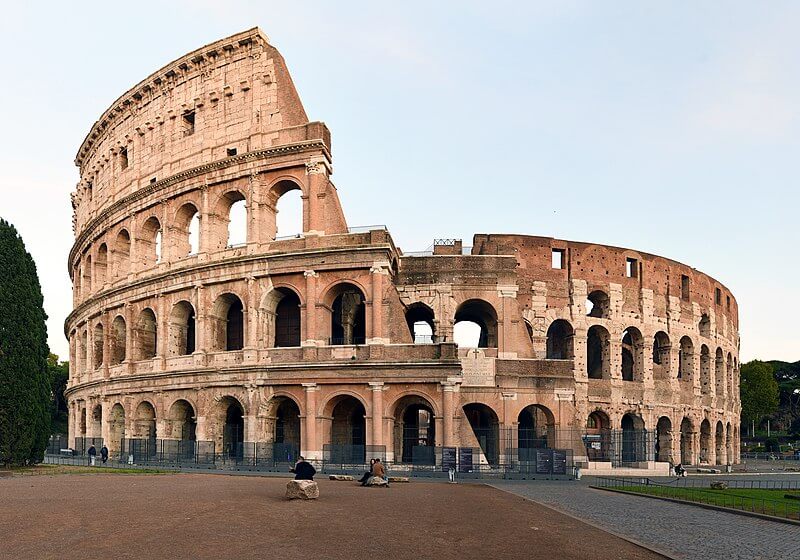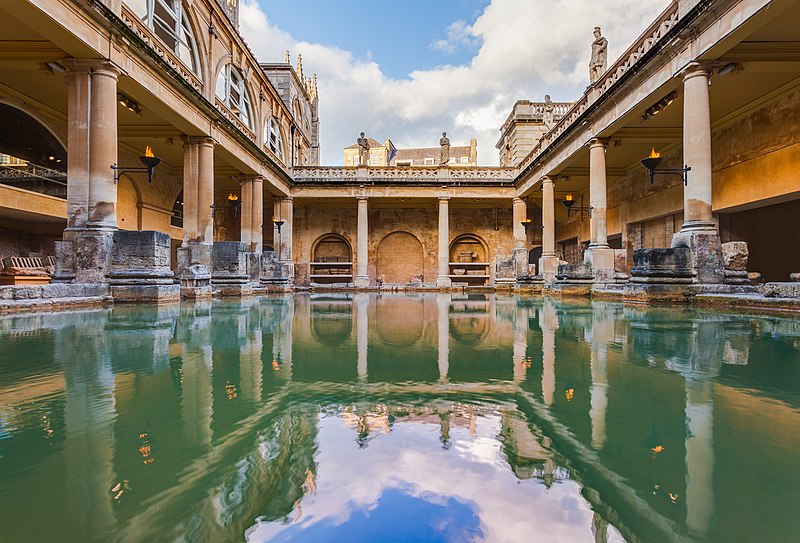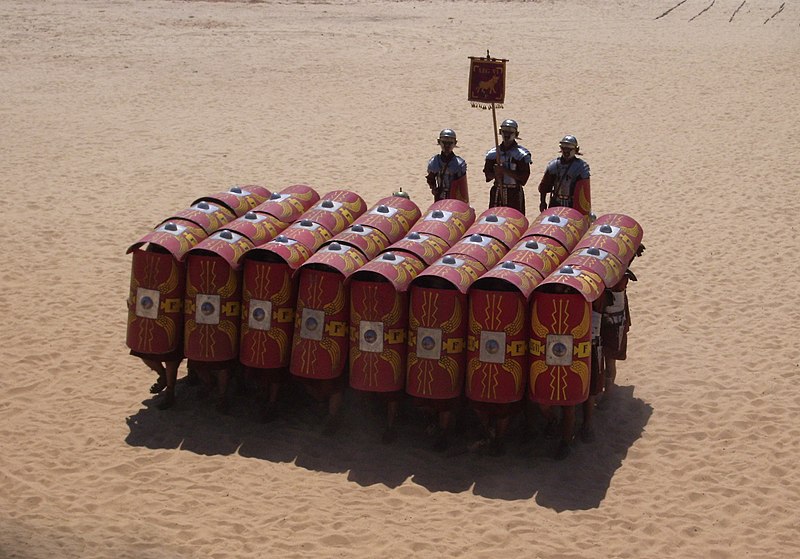Discover 10 fascinating facts about Ancient Rome. Unearth the mysteries, marvel at the architectural prowess, and delve into the rich culture and history of the Roman Empire. Expand your knowledge today!
Ancient Rome, a civilization of monumental significance dating back to the city’s founding in 753 BC and persisting until the fall of the Western Roman Empire in AD 476, is our subject of exploration today as we delve into ten fascinating facts about this era. Its profound influence on politics, law, architecture, philosophy, and language has left a profound mark on the world we inhabit. Indeed, the pillars of our modern civilization are deeply embedded in the legacy gifted by this ancient empire.
Law and Justice
Ancient Rome is noted for its significant contribution to the development of law and justice. The Romans created a legal code that forms the basis for many modern-day Western legal systems. They established the concept of “innocent until proven guilty,” which is a cornerstone of present-day jurisprudence. Their legal code also included principles such as the right to a fair trial and equality before the law.
Further developments in the tradition of Roman law came from the Eastern Roman Empire, also known as the Byzantine Empire. The “Corpus Juris Civilis,” or the Body of Civil Law, commissioned by Emperor Justinian I in the 6th century, was an essential collection of laws, legal interpretations, and enactments. Though a product of the Byzantine era, it was deeply rooted in Roman legal thought and served as the basis for the law codes of many countries, even today. Rediscovered in the Middle Ages, this compilation had a significant influence on almost all Western legal systems.
Architecture and Engineering
Ancient Roman architecture and engineering were quite advanced for their time, and many of their techniques and styles have influenced modern construction. Structures like the Colosseum, Pantheon, and the Roman aqueducts showcase the Romans’ mastery in construction and design.

In addition, they were the first civilization to use concrete on a large scale, which allowed them to create more complex structures, including impressive public buildings and infrastructure. Roman roads and highways, renowned for their straightness and solid build, spanned across their vast empire, aiding military, trade, and communication needs.
Language and Literature
Latin, the language of the Romans, is the precursor to the Romance languages (Spanish, French, Italian, Portuguese, and Romanian). It’s also extensively used in the realm of law, medicine, and scientific taxonomy, even today.
The Romans were also skilled in the art of literature. Writers like Virgil, Ovid, and Cicero produced epic poetry, metamorphic tales, and political discourses that continue to influence modern literature and rhetoric. Their works served as a foundation for developing Western literary traditions.
Republican Government
Ancient Rome’s republican form of government, particularly the system of checks and balances, has profoundly influenced modern democratic societies. The Roman Republic was one of the earliest instances of representative democracy, with a system of government that divided powers among various offices and assemblies.
The American Founding Fathers, for instance, drew heavily on the example of the Roman Republic when establishing the United States. The terms “senate” and “senator” used in political discourse worldwide also have their roots in Roman times.
Philosophy and Science
Rome was a melting pot of cultures and ideas, and this fact led to substantial developments in philosophy and science. The Romans adopted much from Greek philosophy, adding their practical perspectives to it.

Roman philosophers like Seneca and Marcus Aurelius, along with their Greek counterparts, were fundamental in developing Stoicism. This philosophy, emphasizing discipline, morality, and the acceptance of natural events, remains influential in modern times. In terms of science, Romans made considerable advancements in medicine, engineering, and astronomy, many of which laid the groundwork for future discoveries.
Calendar System
The calendar we use today, known as the Gregorian calendar, has its roots in the Julian calendar introduced by Julius Caesar in 46 B.C. This was a significant improvement over the previously used lunar calendar.
The Julian calendar introduced the concept of leap years, thereby correcting the discrepancy between the calendar year and the solar year. Despite slight modifications over centuries, our modern calendar system is fundamentally based on Roman innovations.
Public Health
Ancient Rome’s approach to public health was unprecedented and has influenced modern public health systems. They understood the importance of clean water and sanitation in preventing disease, leading to the construction of aqueducts, public baths, and a complex sewage system.

These innovations improved the general health and life expectancy of the Roman population. The concept of public health infrastructure, which is a crucial aspect of modern urban planning, can be traced back to Rome.
Urban Planning
Rome’s skill in urban planning and development is another key legacy. The city of Rome was a marvel of urban planning with its well-laid roads, marketplaces, residential areas, public buildings, and temples.
The Romans also implemented systems for public services, like fire departments and police forces. These concepts of city planning and provision of public services continue to be crucial components in modern cities.
Military Tactics
The Roman military was a formidable force and is remembered for its discipline, organization, and innovation in warfare. Tactics like the use of the ‘Testudo’ (tortoise) formation, advanced siege warfare, and comprehensive road networks for quick troop movement, have all influenced military strategies globally.

The structure of the Roman military, especially the idea of a professional standing army, has also served as a model for many modern armies.
Religious Syncretism
Ancient Rome was known for its religious syncretism – the blending of different religious beliefs into a new system. This practice allowed Rome to integrate the diverse cultures within its vast empire.
The practice of religious syncretism is still common in the modern world, contributing to the diversity and dynamism of contemporary religious landscapes. Furthermore, the Roman Empire’s eventual adoption of Christianity paved the way for the spread of the religion throughout Europe and beyond.
Historical Challenge: Can You Conquer the Past?
Answer more than 18 questions correctly, and you will win a copy of History Chronicles Magazine Vol 1! Take our interactive history quiz now and put your knowledge to the test!

